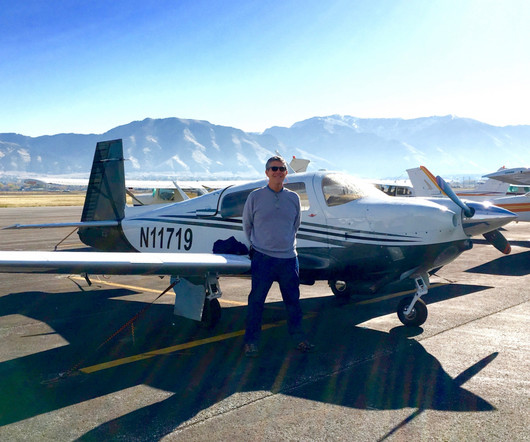Riding the Mountain Waves
Plane and Pilot
NOVEMBER 27, 2024
We had been lifted above our assigned altitude.” Using my 80-knot tailwind and a stationary wave, my groundspeed and therefore penetration speed through the wave would be 160 knots faster than an upwind approach and theoretically more turbulent. Our return flight was by a safer, much smoother route. That’s OK, Horizon 253.











Let's personalize your content